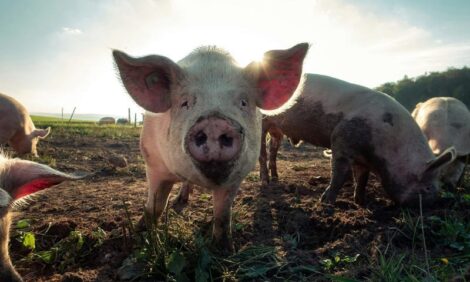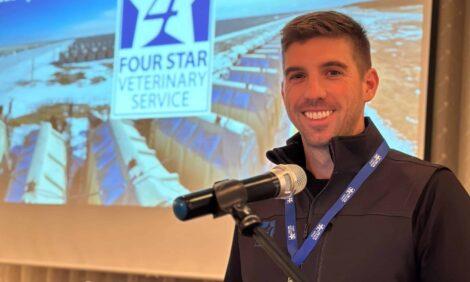



Monitoring Wellbeing of Animals through Precision Livestock Farming
ANALYSIS - The growth in size of livestock and poultry farms is demanding more dynamic methods to ensure the health, welfare and performance of the individual animals concerned.And as the demand for meat and dairy products grows, the pressures on farmers to monitor the progress and the well-being of their animals will become greater.
Prof Daniel Berckmans, from the Katholieke Universiteit Leuven, speaking at the Smart Agriculture 2015 conference in Birmingham in the UK said that continuous automated monitoring of production through precision livestock farming improves animal health and welfare and increases productivity.
He said the research into Precision Livestock Farming arose by questioning why traditional farming practice measured variables such as temperature and not the animal directly.
Precision Livestock Farming measure animal responses continuously and automatically.
This helps in health and welfare and high productivity.
“The key to the whole process is the animal and the farmer has to take care of that,” said Prof Berckmans.
Precision Livestock Farming gives the farmer time to do all the necessary monitoring of the animals continuously and automatically, because the farmer cannot be with the animals all the time.
He said it is a tool that assists the farmer in monitoring the animals but the farmer still makes the critical decisions.
Prof Berckmans said that farmers are now being forced to care for larger herds and flocks because of the growing demand for meat and dairy products and the need for larger scale operations so that the farmer can earn a living.
He said that this year globally a total of 64 billion animals will be slaughtered for meat and that demand is expected to grow by 40 per cent as the world population grows to 9 billion.
In the dairy sector, the demand for milk is expected to double in order to feed the world.
The focus of Precision Livestock Farming lies on the development of real time algorithms to monitor and control Complex, Individual and Time varying Dynamic (CITD) in the animals.
It monitors how animals behave and react and feeds back information to the farmer.
If there is a discrepancy in the animal behaviour and the algorithm the data fed back to the farmer will flag it up.
Prof Berckmans said that for instance monitoring the way that pigs use the water drinkers through image analysis and by comparing the activity with the water flow meter can set the parameters for water usage and indicate problems either with the equipment or with the pigs if there are discrepancies.
Visual checks can also be used to show when pigs are likely to fight.
In a similar way using images to monitor the behaviour of broilers in the broiler house can indicate when problems occur with drinkers or feeders and provide real-time information to the farmer automatically, by drawing attention to different density patterns of the flock within the house.
Sound can be used to check on the feeding habits of the broilers with individual pecks being monitored and compared to the control.
In the dairy herd, top view cameras can be used in the robotic milking parlour to assess each cow individually for lameness and the information will be sent back to the farmer if there is a variation in the dynamic model that has been set for each cow.
Prof Berckmans said that Precision Livestock Farming, which is a collaboration between the livestock sectors and the technologists, brings the farmer to individual animals without the need to be continuously present in the pig barn, broiler house or milking parlour.



